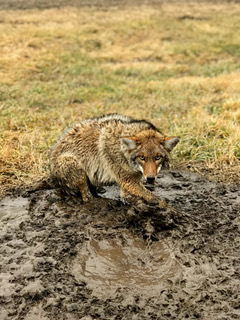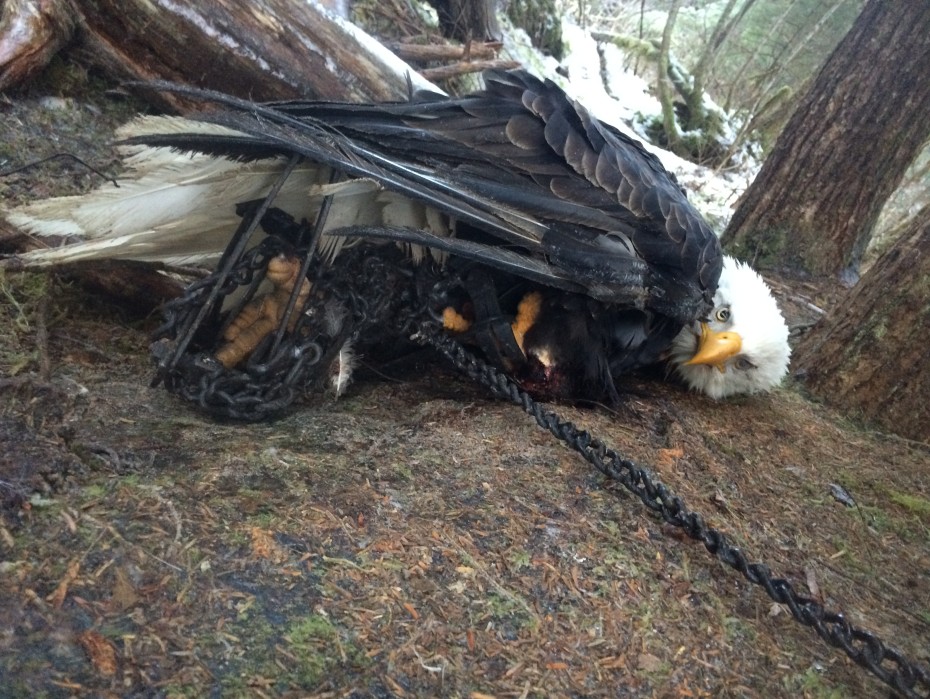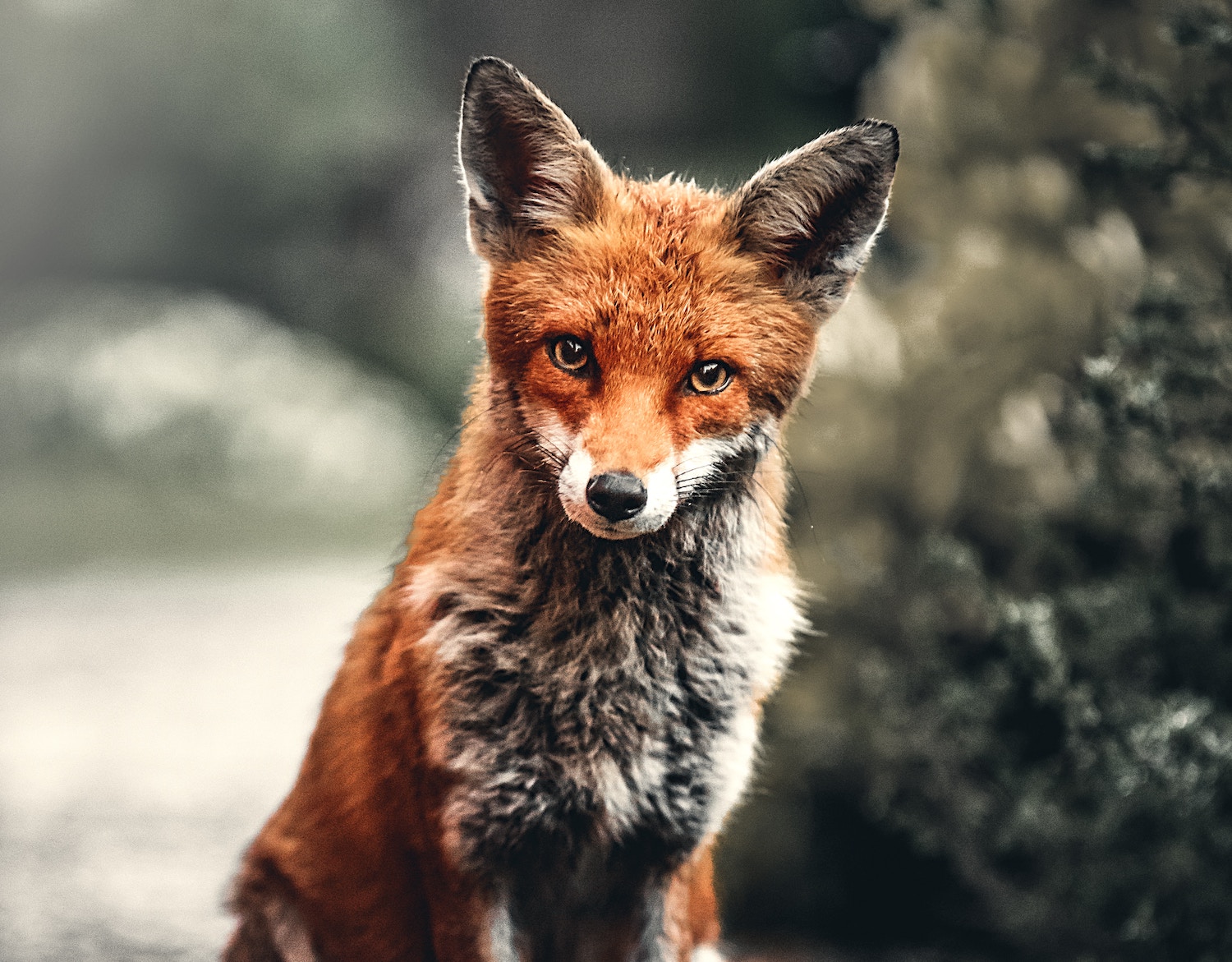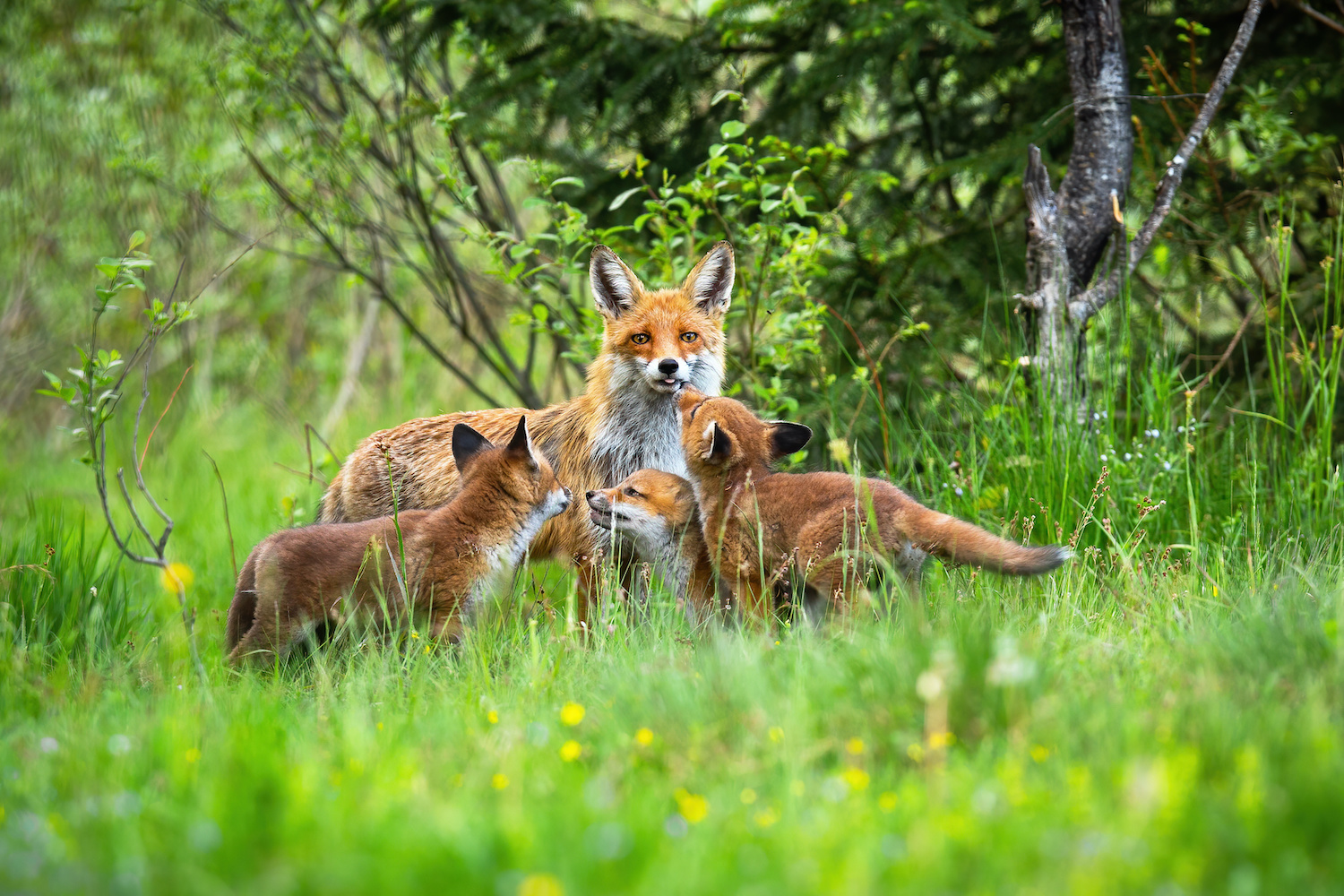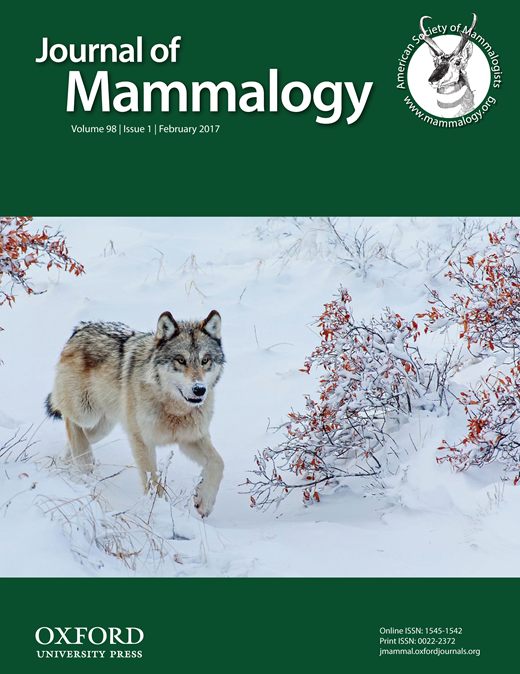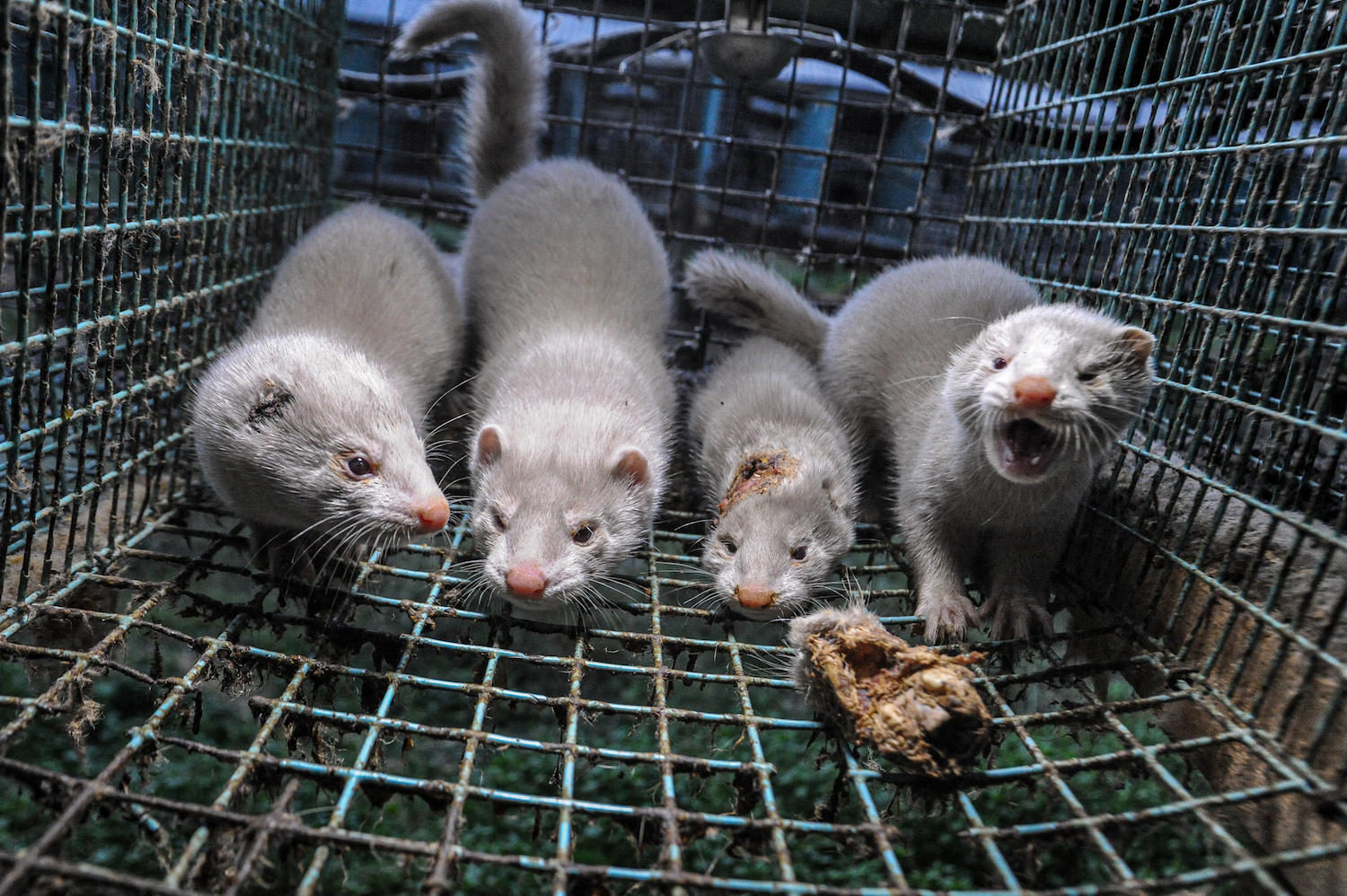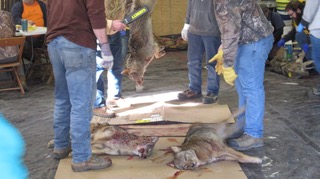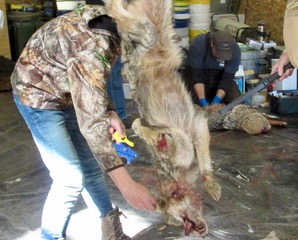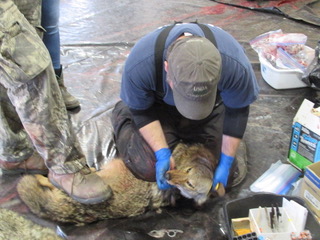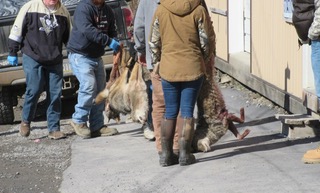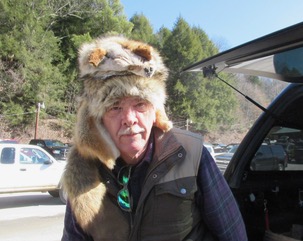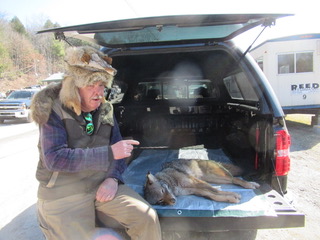Information
Trapping is Torture
"Few men could endure to watch for five minutes an animal struggling in a trap with a torn limb... Some will wonder how such cruelty can have been permitted to continue in these days of civilization”. Charles Darwin
TRAPPING IS TORTURE
Traps are torturous devices banned in 108 countries, including the European Union, and also in 9 states. Traps, snares and other cruel trapping clamping devices indiscriminately and mercilessly incapacitate and kill their victims. Every year trappers kill up to 5 million animals for the commercial fur trade according to the non-profit BORN FREE USA. The prices for furs are extremely low with local auctions bring $2.44 for red fox, $3.50 for mink, $3.25 for beaver and $13.60 for bobcats. Many of the animals are teased and disrespectfully treated, taunted for pictures and in some cases they are used for target practice. When this treatment is exposed, the game commissions claim the trapper did nothing illegal as long as they have a trapping license.
The traps are extremely painful, sending the animal into shock, breaking bones and tearing into the flesh as the trap springs shut or the snare tightens as the animal struggles. Victims are often left in agony for days in extreme weather condition. Many animals will chew their limbs off to escape. The only ending to this torture is being clubbed or smothered by the trapper, taking up to 9 minutes for the last breath of life. Shooting might damage the fur so killing by tortuous means is preferred.
Many people are unaware that trapping is still practiced and legal in their state. Others want to do something to stop trapping but don’t know what to do even though they are appalled. Sadly, the wildlife abuse and trapping continues at the hands of the trappers. It is time to take action. Your help to end trapping is crucial. We must ban trapping to end this cruelty.
THE TRUE COST OF TRAPPING - MOTHERLESS CUBS
True Cost of Trapping
It is well known that non-targeted animals will also be trapped and killed during the trapping season. There is no required reporting of unintended victims caught in the jaws of a trap, therefore the numbers reported by trappers are said to be near none. Studies and record-keeping report otherwise. One study by the American Veterinary Association indicated 67% of animals caught in traps are unintended victims. Other studies have reported up to twice as many animals were caught that were unintended victims. The grossly unreported number of 5 million wildlife trapped every year, would mean collateral damage of up to 10 million unintended trapped animals every year.
“S.S.S." SHOOT-SHOVEL-SHUT-UP THE TRAPPERS MOTTO
Traps are indiscriminating; every animal or person that triggers the pad will be caught. Bald Eagles, Mexican Wolves, Red Wolves, other endangered Species, Dogs, Cats, Birds, Deer and Elk are just some of the animals killed every year in traps. "S.S.S." ( Shoot-Shovel-Shut-up) is standard practice and encouraged by trappers. Hidden from the public is the practice of S.S.S. in trapping. Trappers do not want the public to know how many animals, endangered species, and pets they kill or injure every year. Over 25% of wildlife caught in traps will chew their limbs off according to a study in Wheeler National Refuge. Loss of feeling or broken bones from the force of the trap enable them to free themselves by chewing their limbs off. Very few will survive due to loss of blood or the failure to live just on 3 legs. Cubs of mothers caught in traps will also die when the mother doesn’t return. Young animals deprived of their mother's teachings soon are taken as prey or die from starvation. When the mother is taken, so are her young cubs.
LIVE WILDLIFE MARKETS - PENNING
LIVE WILDLIFE MARKETS
WILDLIFE MARKETS AND TRADE
"It is our contention that one of the factors for the emergence (the infectious emergence of zoonotic disease) is the trade-in wildlife! We postulate that local biodiversity loss and increasing rates of animal trafficking, and trade and transportation of animals to large cities where there is greater potential for person-to-person transmission, may increase the probability of outbreaks dramatically." (Swift, 2007. Published by Ecohealth.)
The world has seen several deadly viruses that are zoonotic (viruses that jump from animals to people) in nature for the last 2 decades. 150 zoonotic diseases that transfer to humans by wild and domestic animals have been documented. We did not act and ban live wildlife markets, wet markets, trapping and penning, and wildlife trade after each of the deadly 21st century outbreaks though science pointed to the risk associated with the continuance of trade as usual. And now we are dealing with a global pandemic with the new COVID virus. To prevent future pandemics, we must address and stop the live wildlife markets, trapping, penning, and address the trading of wildlife. The purchase of a wild animal for pets or other commodities presents a possibility of disease from that wild animal. The threat is a reality that must be addressed with the ban of live wildlife markets, trapping, and trade of wildlife and commodities. How many lives could have been saved if we had taken this action?
When people purchase a wild animal for a pet, food, or a commodity like fur they are supporting the wildlife markets, trade, trapping, and the wet markets (places where live animals and wildlife are sold and shipped for food). There are wet markets in the United States but there are many smaller live wildlife markets where wildlife is being traded and sold. There are thousands of penning operations (see below) where live wildlife is trapped, transported to states where the penning is legal, and then used for bait for packs of dogs.
PENNING
Placing wildlife in large pens and releasing packs of dogs to tear the animals apart is called penning. Live trapped and injured coyotes, foxes, and other wildlife sold and shipped across state lines to be used for the practice of penning.
The injured and terrified animals are enclosed in pens as onlookers cheer on packs of dogs released to attack and kill the victims for training, sport, and betting. The wild animals are stressed, virus shedding is high and the risk of exposure to viruses is a threat to people. Most people abhor this violence, yet the blood sport continues across the nation, as does the trapping of our wildlife for penning purposes. In addition to coyotes and foxes, thousands of bobcats, bears, beavers, otters, rabbits, and raccoons are also abused and taunted before they are released in an enclosure to be killed by packs of vicious hunting dogs.
These penning operations are perpetuating this gruesome blood sport in 19 states. Currently there are over 130 known penning operations in South Carolina, approximately 106 in North Carolina, and over 40 in Virginia just to name a few states. There are hundreds more in other states. Many of the smaller penning operations aren’t reported. The practice of penning has gone underground with little or no social media to keep the public unaware.
Penning is no different than dog fighting, which is illegal in every state. In some cases, the practice of penning has gone underground. Very few people know penning is legal in some states. Most people feel sympathy for animal victims of dogfighting. They also felt justice was well served when celebrity participants were prosecuted. Where is the sympathy and justice for the animal victims of these penning contests? Let us not turn away from this cruel wildlife abuse and allow penning to continue in many states.
Please write, email or call your Representatives and Senators, federal and state, to end trapping and penning of wildlife. Contact information is on our website under TAKE ACTION. Be sure to contact your federal congresspeople for federal bills.
OUR BELOVED PETS
The biggest emotional loss is our pets caught in these tortuous devices; no pet is safe.
Many owners have had to watch while their dog dies in their arms, unable to free their companion from the trap. Thousands are injured or die every year. How many pets have not returned home after being caught in a trap? To the owners of a companion animal, the loss of their pet is heartbreaking. Our pets are very important to us, this threat to their lives and health is too great to be ignored.
Wildlife Killing Contest - Markets
KILLING CONTESTS
A blood sport where the killing of native wildlife for prize money is taking place in most states in our nation. Killing contests glorify violence and devalue wildlife by portraying animals as disposable and worthless.
Examples of these contests touted as family activities are:
Rabbit killing contest for MS Society in Wisconsin.
Rabbit round up organized by the school in Memphis, Michigan.
Varmint shoot sponsored by a church in Texas.
Squirrel hunting contest in New Jersey.
These contests send the message to our young adults that killing is fun.
Wildlife is viewed as expendable and of no value. Lives are taken simply for our amusement. Simply put, killing contests demoralize and corrode our society and cause pointless deaths and suffering.
COEXISTENCE WITH WILDLIFE
“Human Health is Wrapped up in Wildlife Health”. Penn State Wildlife Biologist, Jeannine Fleegle
Coexistence WITH WILDLIFE
Killing predators has never solved the conflicts. When pack predators are killed, the loss of pack members often results in pack chaos, which can in turn lead to the destruction of the entire pack.
“After decades of using predator control (such as paying bounties) with no effect, and the emergence of wildlife management as a science, the Pennsylvania Game Commission finally accepted the reality that predator control does not work." (Pennsylvania Game Commission, 2016 statement by the Pennsylvania Game Commission published by HSUS.)
- Do not feed predators…..intentional or unintentional…..secure your food and garbage, including your compost pile, grill, and bird feeders.
- Secure your chicken pens. Build your chicken pens to be predator proof. There are many designs on the internet that can help make your chickens safe from predators.
- Never approach or let a coyote approach you. Immediately scare the coyote until he runs away.
- Do not leave your smaller dogs unattended especially during mating season.
- Acknowledge wildlife corridors and keep your livestock and pets far away from predator trails.
Read more here:
FARMS AND RANCHES
Adaptive use of nonlethal strategies for minimizing wolf–sheep conflict in Idaho
Fur Trade and Fur Farming
Photo Credit: Jo Anne McArthur/We Animals. Earless Injured Mink with Cage Buddies.
INTENSIVE FUR FACTORY FARMING
The immensely inhumane housing of wildlife in small wired floor cages, sometimes with cage buddies that fight and cannibalize their cage mates, (see photo above) often leads to psychological disorders from suppressing their natural behaviors and heightened from injuries in these cruel intensive fur factories. Wildlife like mink and foxes suffer traumatization and misery during their entire short life ending with gassing, physical blows, or suffocation to kill the animals without harming the fur. There is nothing humane about fur farming.
The filthy, cramped, and unhygienic conditions on these intensive fur factories are an environmental hazard. They also breed disease, the flu, and now the Covid-19 virus. The World Health Organization (WHO) states the virus can change quickly and mutates on mink farms. There have been reports from WHO of large animal outbreaks in mink farms in several countries, including the United States. Covid-19 can change while infecting minks and action has been taken to limit the further spread of this variant of the virus, known as "cluster 5 variant", by the Danish authorities, according to the WHO.The Danish authorities have culled all farmed mink (more than 17 million) in Denmark, including the breeding stock, and closed their fur farms. They also have enhanced surveillance of the local population and farmworkers to detect all new Covid cases reported by the WHO. The USDA hasn’t taken the same approach on US fur farms and It has been observed that these mink variants are able to transmit back to humans through close contact with the mink.
One mink trapped in the wild in Utah near a mink farm has tested positive for the Covid virus along with 2 minks in Oregon also testing positive. There are dozens of mink farms in the US where the virus has jumped from humans to mink. Many animals will not show signs and testing for the virus in wildlife is not a priority. The finding of the virus in wild mink clarifies the real danger to humans that these mink and wildlife intensive fur farms pose. The farms can act as reservoirs for deadly viruses and create new ones with a known danger of being released in the wild, where the reservoir will persist perpetually like rabies in wildlife infecting humans.
Ending cruel wildlife intensive fur farms to stop the abuse of wildlife and prevent this threat is the only way to protect human, animal, and wildlife health. The Center for Disease Control has advised stopping the handling of wildlife to avoid the transfer of Covid to wildlife. Trapping of wildlife is a possible path for the spread of covid and other viruses when the trapper releases his unintended catches back into the wild according to the Association of Fish and Wildlife Agency.
PREVENT FUTURE PANADEMICS
PREVENTING FUTURE PANDEMICS
Science estimates that more than 6 out of every 10 known infectious diseases in people can be spread from animals and 3 out of 4 new or emerging infectious diseases in people come from animals.
Scientific studies have concluded that these viruses live in animals and are shed when an animal is under stress. The CDC has recently stated, "There are many ways to prevent the spread of SARS-CoV-2 and other zoonotic disease between people and wildlife when conducting management, research, or control activities. However, the most effective way to prevent transmission between people and animals is to avoid direct contact with wildlife. This could involve suspending fieldwork or other activities that require direct contact with wildlife.”
The CDC is suggesting we enjoy wildlife at a distance and not handle wildlife because they can carry disease even without looking sick. They also highly recommend their precautions be followed to protect human and animal health and to prevent other pandemics. Also, they recognize the virus spreads from people to susceptible animal species when in close contact with infected people; the virus could have a negative effect on the health of wildlife and could hamper conservation efforts.
The CDC is also calling on state, federal, tribal, and wildlife and public health agencies to evaluate the latest science as it becomes known from national and international experts and assess the chances of the virus transferring between wildlife and people. They recommend additional restrictions to reduce this spread.
"Wildlife research and management activities involving live trapping and direct handling of these species may pose a potential risk of exposure of SARS-CoV2 to these species from asymptomatic infected humans. The possibility of exposure from incidental catch and live release of non-target species by trappers and others should also be considered” according to the Association of Fish and Wildlife Agencies.(AFWA) Wildlife under stress is often the contagious carrier for pathogens with the animal shedding the viruses to people and to the environment due to the shock and stress of being trapped. Traps are designed to restrain an animal until the trapper returns, which can be days or never, causing pain and injury to the animal. The shocked and injured animal struggles against the trap, shedding viruses into the environment and then to the trapper. Also, other animals attack the trapped animal, transmitting diseases, and the trap itself can become a transmission vehicle as the trapper resets his trap.
The killing of wildlife in traps is usually by beating or standing on the animal's chest or throat to suffocate them. The extreme cruelty of trapping and the beating or suffocation of the animal has left the public and ethical hunters abhorring the practice of trapping. It takes up to 9 minutes for the animal to be suffocated under the foot of the trapper. The inhuman nature of trapping itself, is reason to ban trapping.
The interaction of trappers with wildlife, the killing and handling of wildlife, and the process of fur taking place the public along with the trapper at high risk for contamination from wildlife, both for a new virus and mutation of the novel covid virus. We must end trapping to prevent the spread of future pandemics, the transfer of wildlife disease, and the mutation of the coronavirus to variants if we are to protect wildlife and the public’s health. The financial cost, the risk to the public and wildlife health, and the ethical and moral obligation to nature must be considered. We must join the rest of the world in banning this cruel practice in our nation to prevent future pandemics and stop the variants of COVID. Failure to act may bring us another zoonotic disease that could turn into a pandemic, costing trillions and untold deaths. Science has shown that it is not if but when the next zoonotic disease will emerge.
A VISIT T0 MOSQUITO CREEK KILLING CONTESTS-THE GRUESOME KILLING CONTESTS CONTINUE IN PA
Most people are shocked and outraged to learn that Pennsylvania, the state of the Quakers and Pennsylvania Dutch, continues to harbor and promote gruesome wildlife killing contests of Pennsylvania’s most precious wildlife. These contests include some of the largest killing sprees promoting the unregulated killing of native wildlife for fun that are necessary for a healthy ecosystem. What millions love to watch and enjoy nature, and yet a handful of trappers and trophy hunters are legally allowed to steal that opportunity from their neighbors. Falsely labeled as conservation to mislead, the theft of our natural resources are being wantonly wasted and may not be here for future generators to appreciate and enjoy.
A visit to Mosquito Creek Sportsmen’s Association's annual coyote killing contest tells the same story of every killing contest, the need for them to end. A person only needs to look at the mutilated bodies of coyotes laid in a line in the back of the building on a tarp to contain the blood to realize there needs to be a ban on the killing.
(Volunteers weighing coyotes at check-in)
Contestants lined up dragging coyotes as men hung them upside down for a weight. The anquish and pain is frozen on all the faces of the lifeless song dogs. Contestants were on a blood induced killing high. The floor was covered with blood red foot prints.
(A coyote caught in a leg hold trap is tagged with his limb dislocated which he had twisted trying to free himself from the steel leg hold trap.)
(USDA representative removing the head of a coyote for a trophy hunter. picture above)
The USDA was present, not hesitating to cut the heads off for trophy hunters to secure the bodies for testing. He kneeled on pads as the contestants presented the coyotes for his taking. He was talkative and answered many questions but when a contestant asked about the spreading of covid and chronic wasting disease, he whispered as he shared the information.
(Contestants with their coyotes for check in picture above)
Coyotes weren’t the only wildlife losing their lives in this killing craze. Outside pick up trucks drive into the parking lot with stacks of different animals ranging from foxes to raccoons, piled high in the truck beds. ATV’s in the pick ups splattered with blood and pieces of hair are wedged in the tires, evidence that animals were run down. Out of state vehicles are parked on the side with dead coyotes potentialy spreading disease from state to state. Where and how the animals are killed is not the questions asked. There are no Game Wardens present.
(Randy McDonald poising for pictures with his coyote hat. picture above)
Over on the side of the road Randy McDonald, a contestant, welcomes questions on his entry. A yound female coyote lays in the back with her feet wrapped in ties. “How did you catch this girl and how old do you think she is,” asked a bystander.. “I ran her down with dogs” replies McDonald. He moves the female puppy over to be included in a picture, a bystander shakes his head no. “I don’t want her in the picture. We will turn people against hunting if we take a picture with this little girl.” McDonald ignores him and poses again along side his female pup with a big smile.
(Randy McDonald with his young pup pointed to where they were selling dogs at the sale. picture above)
The dead dogs themselves seem to melt into obscurity as human activity dominated at the Mosquito Creek Sportsmen Association Annual Coyote Hunt. The 29th annual coyote killing contest was the biggest in the history of the Mosquito Creek contest and in Pennsylvania with 4,914 hunters. The annual coyote killing contest is being held again by Mosquito Creek Ass. Feb 20 and these gruesome killing contests will continue until we stop them.
Sadly, this is just one of 60 known killing contests that have been held in Pennsylvania where countless predators and wildlife are horrifically treated and killed by hounds, traps, and trophey hunters for prizes. Trapping and killing contests are a blood sport, cruel and unsporting, and most ethical hunters abhor both; they have nothing to do with hunting tradition, conservation or population control.
Killing coyotes does nothing for their population control. The PA. Game Commission acknowledges killing predators is ineffective; ”after decades of using predator control-such as paying bounties-with no effect, and the emergence of wildlife management as a science, the agency finally accepted the reality that predator control does not work. Predators already are self limiting, there is only so many that the habitat will support.” The science agrees with them.
The Pennsylvania Game Commission’s job is to manage in trust our wildlife for all Pennsylvanians: but allowing a few individuals to wantonly waste and kill wildlife under the disguise of conservation and killing for fun is a grave violation of the state’s duty in this regard. We must ban trapping and killing contests in our state if we are to conserve wildlife heritage in our future. Contact the Pennsylvania Game Commission at 717-787-4250 and at pgccomments@pa.gov to ban trapping, killing contests or to express your concerns.


